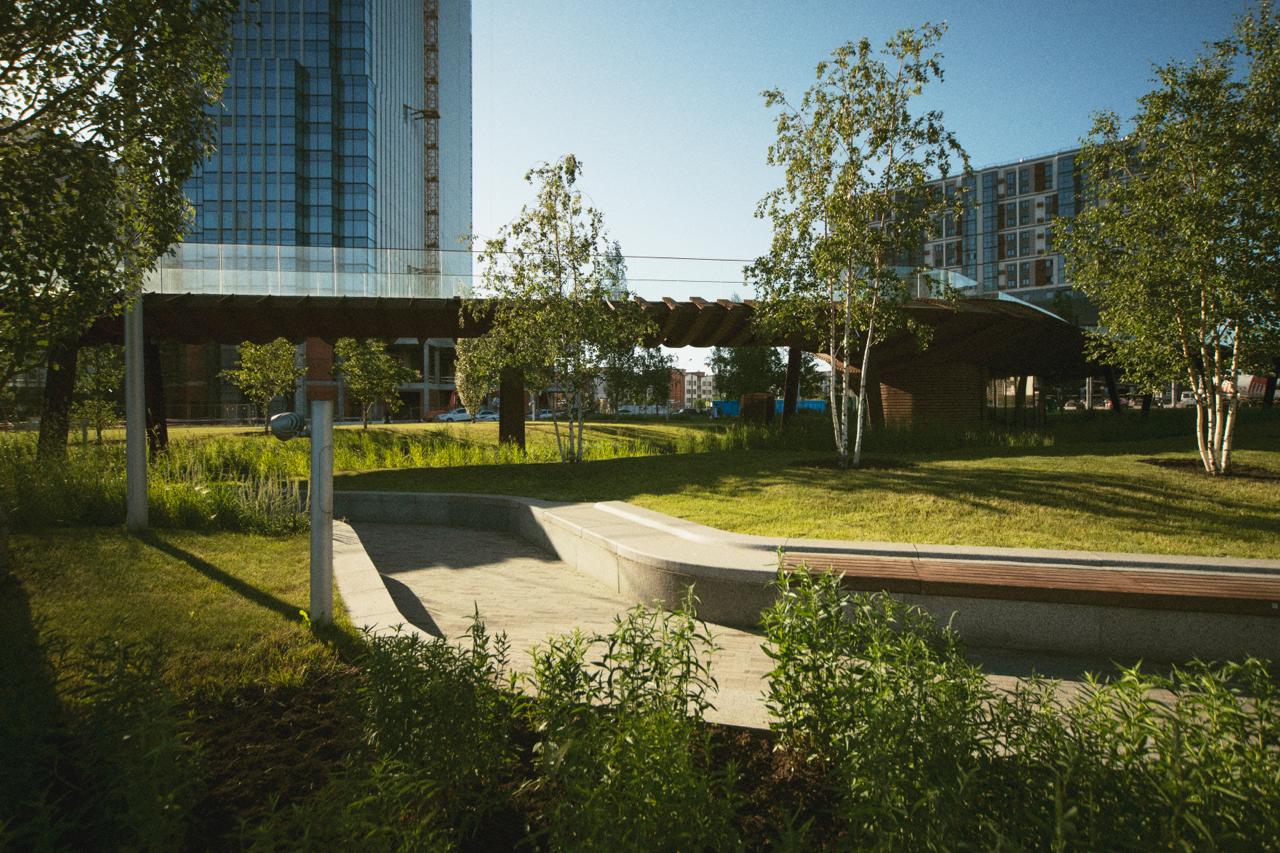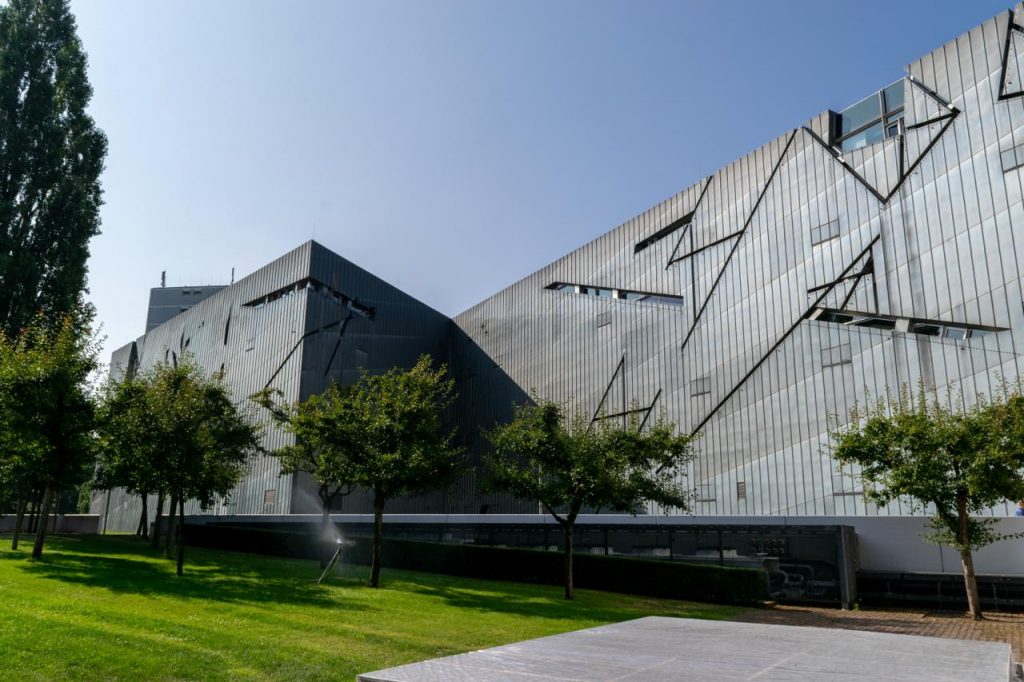
HTP vs Tallinn Science Park Tehnopol
In recent years, IT companies and startups have increasingly compared different technology ecosystems, evaluating them in terms of tax conditions,…
In recent years, IT companies and startups have increasingly compared different technology ecosystems, evaluating them in terms of tax conditions, talent availability, infrastructure, and international opportunities. In Belarus, the High-Tech Park (HTP) has become a flagship initiative, a special legal regime for IT businesses that allows local companies to grow. Foreign companies, however, can benefit from HTP only by establishing a legal entity in Belarus. In Estonia, a similar role is played by Tallinn Science Park Tehnopol, the country’s largest technology park, bringing together startups, research centers, and international projects.
At first glance, both formats offer businesses favorable conditions and modern infrastructure. However, the differences, from tax policy and regulation to approaches in attracting investment and working with international partners can significantly influence the choice of location. This is especially important for companies considering outsourcing, distributed teams, and the Employer of Record (EOR) model for entering new markets.
In this article, we will compare HTP and Tallinn Science Park Tehnopol across key parameters to determine when it is more advantageous to develop an IT business in Belarus, and when in Estonia. We will examine legal frameworks, tax rates, access to talent, infrastructure opportunities, and factors affecting international cooperation.
General Overview of HTP and Tallinn Science Park Tehnopol
The High-Tech Park (HTP) in Belarus and Tallinn Science Park Tehnopol in Estonia are two notable innovation hubs, each playing an important role in the development of the IT sector and support for technology businesses in their respective countries.
HTP was created to stimulate the growth of the high-tech industry and IT service exports. Its primary goal is to provide conditions in which software development, digital solutions, and outsourcing can remain highly competitive both locally and internationally. Today, HTP brings together hundreds of companies across Belarus working in diverse fields: from web and mobile development to artificial intelligence, blockchain solutions, and fintech.
Tallinn Science Park Tehnopol is Estonia’s largest science and business park, focusing not only on IT but also on a wide range of high-tech industries: green energy, healthcare, smart city technologies, and robotics. Its mission is to help startups and mature companies grow by providing infrastructure, business mentoring, access to investors, and scientific resources.
Both platforms are vital elements of their national innovation ecosystems. HTP focuses on scaling IT outsourcing and creating highly qualified software development jobs, while Tehnopol emphasizes diversified support for technology companies and the integration of science and business, creating conditions for global market entry and real-world testing of innovations.
Residency Conditions and Company Requirements
In Belarus, only legal entities registered in the country can become HTP residents. This means that a foreign company wishing to enjoy HTP’s tax and administrative benefits must establish a legal entity in Belarus, for example, a subsidiary or a joint venture. This entity will then apply for HTP residency.
Registration alone does not guarantee residency: the company must engage in activities permitted within HTP (software development, testing, IT consulting, etc.) and pass review by the Supervisory Board.
For foreign companies not ready to establish a branch in Belarus, an alternative is to work through a local partner or contractor that is already an HTP resident. This makes it possible to leverage skilled talent and infrastructure but does not provide direct access to tax incentives.
At Tallinn Science Park Tehnopol, conditions are more flexible. There is no strict requirement to establish a legal entity in Estonia for all forms of cooperation. Residents can include both local and foreign companies, provided their activities align with the park’s priority areas: IT, green energy, medtech, smart city, and other innovation-driven sectors. For startups and international firms, various levels of integration are available: from renting offices and labs to joining acceleration programs and accessing expert support without physical presence in the country.
Thus, the key difference is that HTP requires the mandatory creation of a Belarusian legal entity, whereas Tehnopol allows for more flexible forms of engagement, which is especially valuable for foreign companies testing a new market.

Tax Incentives and Financial Benefits
HTP is well known for its preferential tax regime, which applies exclusively to its residents. Resident companies are exempt from corporate income tax, VAT, and several other mandatory payments. Instead, they contribute 1% of revenue to a special HTP fund. At the same time, personal income tax for employees of resident companies remains the same as the national rate 13% for all workers, regardless of whether they work within HTP. Foreign employees are subject to the same tax rates and rules as Belarusian citizens.
Estonia’s tax policy, by contrast, is designed to encourage reinvestment. Companies do not pay corporate income tax as long as profits are retained and reinvested in the business. Taxation applies only upon dividend distribution, with a standard rate of 20% (which can be reduced to 14% for regular payouts). For individuals, the personal income tax is 20%, with no differentiation within the EU.
Another important distinction is Estonia’s well-developed system of grants and subsidies for technology companies, including those at Tallinn Science Park Tehnopol. Many of these programs are funded by the EU budget. They cover expenses for research, market expansion, and employee recruitment. In Belarus, there are no comparable large-scale grant schemes for HTP residents; the primary incentive remains the favorable tax regime.
In short, HTP focuses on reducing current tax burdens, which is especially beneficial for companies with significant revenue from IT service exports, whereas Tehnopol emphasizes investment incentives and grant support, making it more attractive for startups and projects targeting rapid growth and scaling.
Talent Pool and Hiring Opportunities
Belarus has traditionally held strong positions in the IT services market thanks to the high qualifications of its developers, engineers, and related professionals. Local universities graduate thousands of programmers each year, while the presence of large IT companies and HTP residents creates a dense professional environment. For foreign investors, this means access to well-trained talent at competitive wage levels, generally lower than in Estonia and other EU countries.
In Estonia, the talent market is significantly smaller in scale, but a large share of specialists have experience in international projects and strong English proficiency. Competition for talent is higher, and salaries for developers and engineers are among the highest in the Baltic region. This increases hiring costs but simplifies integration into global projects.
The speed of hiring is typically faster in Belarus, largely due to the larger number of candidates and less competition among employers. In Estonia, the process can take longer, especially for highly specialized positions, and often requires attracting talent from abroad.
Both countries actively develop remote teams. In Belarus, it is possible to organize work through Employer of Record (EOR) services, allowing foreign companies to hire local specialists without establishing a legal entity. Similar services are available in Estonia, but they are often geared toward startups and companies planning a rapid entry into the European market.
Ultimately, the choice of hiring location depends largely on business strategy: Belarus is well-suited for companies focused on cost optimization and rapid team scaling, while Estonia is more attractive for those prioritizing access to professionals with experience in European ecosystems and international projects.
International Cooperation and Market Access
Both the High-Tech Park in Belarus and Tallinn Science Park Tehnopol actively develop international connections, but they do so in different ways, shaped by national priorities and geopolitical context.
HTP emphasizes partnerships with foreign clients and the integration of Belarusian IT companies into global supply chains. Residents collaborate with customers from the EU, the US, the Middle East, and Asia, and participate in industry conferences and hackathons. However, for foreign businesses to fully access external markets through HTP, establishing a legal entity in Belarus is mandatory for residency.
In Tehnopol, international engagement revolves around the startup ecosystem and venture capital. The park is part of pan-European innovation clusters and provides residents with access to international accelerators, EU grants, and business angel networks. This is particularly valuable for tech startups aiming for rapid and scalable entry into the EU and other markets.
Opportunities for startups and investors differ between the two countries. In Belarus, HTP offers tax incentives and a preferential legal regime for IT businesses, attracting companies focused on software development and outsourcing. In Estonia, the emphasis is on simplified access to investment, state funding, and export support programs.
The role of the state and international organizations also differs significantly. In Belarus, HTP is overseen by government bodies, ensuring stability and predictability of rules for residents. In Estonia, Tehnopol closely collaborates with the EU and private funds, enabling the swift adoption of new support tools and alignment with global trends.
In conclusion, HTP is best suited for companies that already have international clients and are seeking a cost-effective hub for development and outsourcing, while Tehnopol is the optimal choice for startups and investors aiming for rapid entry into European markets through a developed system of international partnerships.
Infrastructure and Facilities
Both HTP in Belarus and Tallinn Science Park Tehnopol provide modern infrastructure designed to support IT and high-tech businesses, but the focus and scale differ.
HTP offers state-of-the-art office spaces, coworking zones, conference halls, and IT parks located in Minsk and other major cities. The infrastructure is tailored to software development and IT outsourcing, with a strong emphasis on connectivity, data security, and collaboration spaces. Many resident companies also have access to shared technical resources and platforms for testing and deployment.
Tehnopol provides a comprehensive science-and-business environment, including laboratories, prototyping facilities, incubators, and innovation centers. The park actively supports cross-sector collaboration between IT, medtech, green energy, and smart city technologies. In addition, Tehnopol offers programs for R&D partnerships with universities and research institutions, enabling companies to experiment and test innovations in real-world conditions.
While HTP primarily focuses on supporting software companies and IT service providers, Tehnopol emphasizes diversified technological development, facilitating networking, knowledge exchange, and access to international research infrastructure.
Strategic Considerations for International Expansion
When choosing between Belarus and Estonia as a base for IT operations, companies should consider not only tax and hiring conditions but also strategic factors such as market access, regulatory environment, and ease of international collaboration.
Belarus / HTP is advantageous for companies that want to leverage a large, well-trained talent pool at competitive costs, with strong support for software development and outsourcing. It provides predictable tax benefits for resident companies, a stable regulatory environment, and established connections with global clients. However, foreign companies must establish a local legal entity to fully utilize these benefits.
Estonia / Tehnopol is particularly suitable for startups and companies aiming to enter European markets quickly. It provides flexible residency options, access to EU funding, accelerator programs, and strong networks of investors and business mentors. The park’s international orientation simplifies partnerships and project scaling across borders, although operational costs and salaries are generally higher.
Both HTP and Tallinn Science Park Tehnopol offer robust ecosystems for IT and high-tech businesses, but the optimal choice depends on business goals:
- HTP in Belarus is ideal for companies seeking cost-effective software development, IT outsourcing, and access to a large talent pool with a favorable tax regime. It suits businesses with existing international clients who want to scale operations efficiently.
- Tehnopol in Estonia is better suited for startups and tech companies focused on rapid market entry, EU integration, and international funding opportunities. Its flexible structure and global partnerships facilitate expansion and innovation across sectors.
In summary, companies should carefully evaluate talent availability, tax incentives, infrastructure, and international collaboration opportunities to determine which ecosystem aligns best with their growth strategy.
When to Choose HTP and When to Choose Tehnopol
The choice between Belarus’s High-Tech Park (HTP) and Tallinn Science Park Tehnopol largely depends on a company’s business model, team composition, and strategic goals.
Scenario 1: Local Development and Outsourcing
If the main objective is to build a development team at a competitive cost and work with clients via outsourcing or outstaffing, HTP is the more attractive option. Residents benefit from tax incentives, simplified IT regulation, and access to qualified talent. This is especially advantageous for Belarusian legal entities serving clients in multiple countries.
Scenario 2: International Startup with Ambitions to Enter the EU Market
If the project is focused on rapid entry into Europe, attracting venture capital, and participating in EU grant programs, Tehnopol is the more suitable choice. It offers easier access to foreign investors, accelerator programs, and integration into international technology clusters.
Restrictions for Non-Residents at HTP
Foreign companies cannot become HTP residents directly, they must establish a legal entity in Belarus. This entails additional costs for company formation and maintenance, as well as compliance with local regulatory requirements.
Advantages and Risks of Each Platform
HTP:
- Pros: Tax incentives, well-developed IT infrastructure, access to talent
- Cons: Restrictions for non-residents, dependence on local legislation
Tehnopol:
- Pros: Access to investment, integration into the EU market, startup support
- Cons: Higher hiring and living costs, strong competition for resources
In summary, HTP is best suited for companies focused on development and outsourcing with a local team, while Tehnopol is ideal for startups and tech companies aiming to scale within the European business environment.
Conclusion
Both HTP and Tallinn Science Park Tehnopol offer significant opportunities for business growth, but the choice depends on your company’s goals, target markets, and team-building strategy. HTP provides competitive tax conditions and access to qualified IT specialists in Belarus, whereas Tehnopol opens doors to European investment, international partnerships, and the EU startup ecosystem infrastructure.
For companies planning development or outsourcing in Belarus and seeking to hire staff quickly without establishing a local legal entity, our team can provide EOR services, from onboarding and payroll to full HR support. We help you legally and efficiently build a team in the right jurisdiction so you can focus on product development and entering new markets.
Our Blog
The latest news in our blog
Poland (Poland Business Harbour / B2B)
Poland remains one of the most sought-after destinations for IT professionals, entrepreneurs, and tech companies from Eastern Europe. The Poland…
Uzbekistan (IT Park)
Uzbekistan is a country with a dynamically developing economy that increasingly attracts the attention of investors and entrepreneurs, particularly in…
Management Company of the Hi-Tech Park (HTP)
Creating and developing a business within the framework of the Hi-Tech Park (HTP) requires not only technological expertise but also…
Contact
We’re available for the new projects



